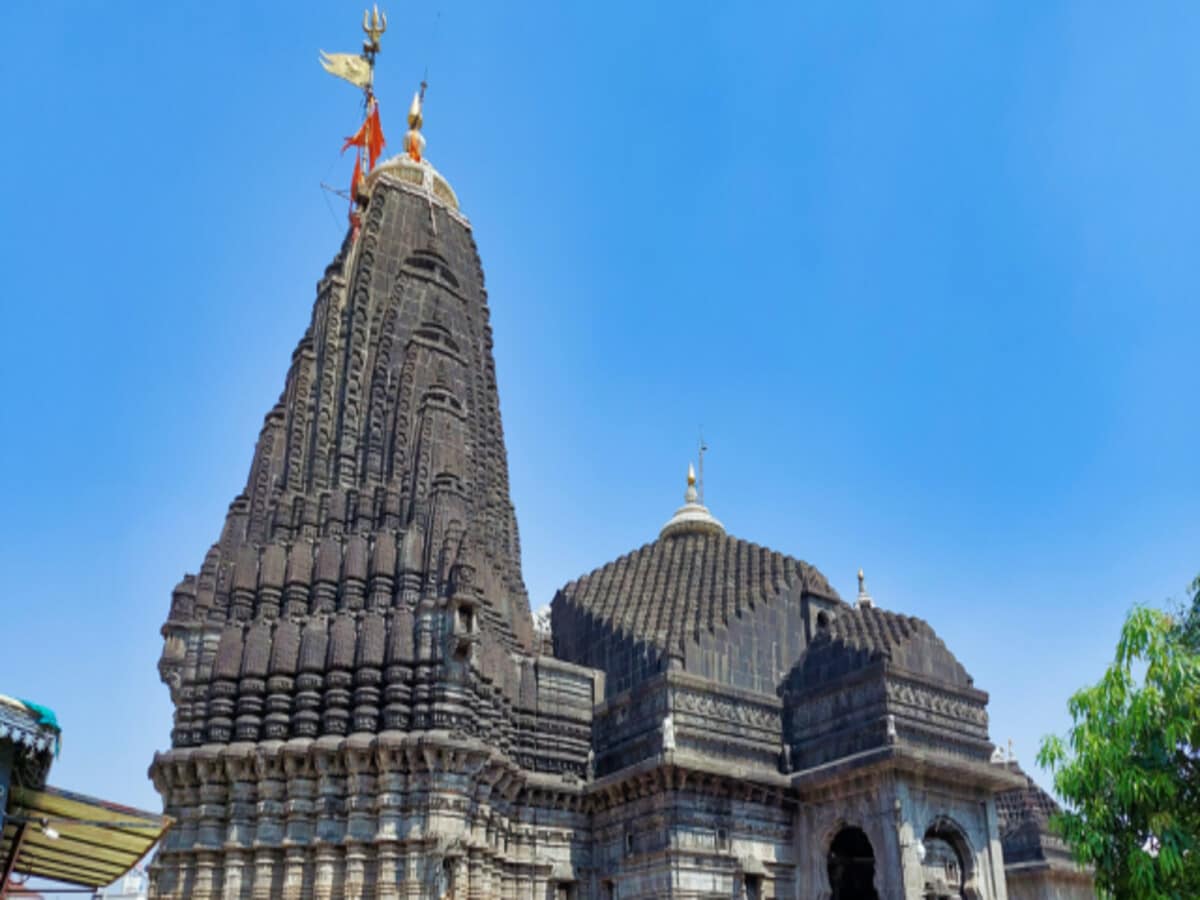India is home to a rich tapestry of temples, deities, and spiritual traditions. Among these, the Jyotirlingas hold a special place, especially for devotees of Lord Shiva. Jyotirlingas are the sacred shrines dedicated to Lord Shiva, believed to be manifestations of his infinite light and power. Across India, twelve Jyotirlingas are revered, with five of these located in Maharashtra. This makes the state a vital destination for Shiva devotees.
In this article, we will explore the Jyotirling in Maharashtra, each with its own unique story, history, and significance. Whether you're a devout pilgrim or simply curious about India's religious traditions, understanding the importance of these temples will deepen your appreciation of Maharashtra's spiritual heritage.
What Are Jyotirlingas?
The word "Jyotirlinga" comes from two Sanskrit words: Jyoti, meaning light, and Linga, meaning a symbol of Lord Shiva. Thus, a Jyotirlinga is a radiant or self-manifested representation of Lord Shiva. According to Hindu mythology, when Shiva appeared as an endless pillar of light to demonstrate his superiority over other deities, the Jyotirlingas were born. These twelve sacred shrines represent the physical embodiment of that divine light.
The Importance of Jyotirlingas in Maharashtra
Maharashtra holds a special place in the hearts of Lord Shiva devotees because it is home to five of the twelve Jyotirlingas. These Jyotirlingas are not only places of worship but also serve as spiritual centers where devotees seek blessings, peace, and enlightenment. Maharashtra's temples attract millions of visitors annually, making them some of the most visited religious sites in the country.
List of Jyotirlingas in Maharashtra
The five Jyotirlingas in Maharashtra are:
- Trimbakeshwar
- Bhimashankar
- Grishneshwar
- Aundha Nagnath
- Parli Vaijnath
Each of these temples is steeped in mythology and offers a unique spiritual experience. Let’s explore these in more detail.
#1 Trimbakeshwar Jyotirlinga
Trimbakeshwar, located near Nashik, is one of the most popular Jyotirlingas in Maharashtra. This temple is situated near the origin of the sacred river Godavari, which further enhances its spiritual significance. According to legend, the temple marks the spot where Lord Shiva appeared as a Jyotirlinga in response to sage Gautama’s penance.
Unique Features: The most remarkable aspect of the Trimbakeshwar temple is its distinctive Lingam, which has three faces representing Brahma, Vishnu, and Shiva. Devotees believe that visiting this Jyotirlinga washes away sins and fulfills wishes.
#2 Bhimashankar Jyotirlinga
Bhimashankar, nestled in the Sahyadri hills, is known for its serene environment. According to mythology, Lord Shiva took the form of Bhima to defeat the demon Tripurasura, and it was here that he manifested as a Jyotirlinga.
Special Festivals: The temple hosts grand celebrations during Maha Shivaratri and Kartik Poornima, drawing thousands of pilgrims. The natural beauty of the surrounding area also makes Bhimashankar a popular trekking destination.
#3 Grishneshwar Jyotirlinga
Located near the famous Ellora Caves, Grishneshwar is the smallest Jyotirlinga in Maharashtra, but it carries immense religious importance. The temple is linked to the legend of a woman named Kusuma, who brought her dead son back to life through her devotion to Lord Shiva.
Architectural Beauty: Grishneshwar Temple showcases stunning architecture, with intricate carvings and sculptures that are reminiscent of ancient Indian craftsmanship.
#4 Aundha Nagnath Jyotirlinga
Aundha Nagnath, situated in the Hingoli district, is one of the lesser-known but equally significant Jyotirlingas in Maharashtra. The temple is believed to be the first Jyotirlinga, constructed by the Pandavas during their exile.
Cultural Significance: The temple is a significant site for devotees of Lord Shiva and those who believe in the Nagas, or serpentine deities. It is also a prime spot for observing the deep-rooted rituals of the region.
#5 Parli Vaijnath Jyotirlinga
Parli Vaijnath, located in Beed district, is associated with the legendary tale of Ravana and his devotion to Lord Shiva. Ravana tried to carry the Jyotirlinga to Lanka but failed, and it stayed in Parli.
Festivals and Celebrations: Parli Vaijnath is famous for its grand Maha Shivaratri celebrations, where thousands of devotees come to offer their prayers and seek blessings.
Spiritual Journey: Visiting the Five Jyotirlingas
If you're planning a pilgrimage, it’s helpful to create an itinerary that allows you to visit all five Jyotirlingas. Starting from Trimbakeshwar near Nashik, you can make your way to Bhimashankar, Grishneshwar, Aundha Nagnath, and finally Parli Vaijnath. The best time to undertake this spiritual journey is between October and March when the weather is pleasant.
Unique Features of Maharashtra's Jyotirlingas
Maharashtra’s Jyotirlingas are distinguished by their unique architectural styles, historical significance, and local traditions. Each temple is a blend of devotion, art, and culture, offering a glimpse into the spiritual soul of the state.
Festivals and Celebrations at Jyotirlingas
Maha Shivaratri is the most celebrated festival across all the Jyotirlingas in Maharashtra. Devotees fast, perform special rituals, and chant prayers to honor Lord Shiva. The festival is marked by vibrant processions, temple decorations, and devotional singing, making it an unforgettable experience for pilgrims.
How to Plan a Jyotirlinga Pilgrimage in Maharashtra
When planning a pilgrimage, ensure you check for transportation options like trains or buses to reach these temples. Accommodations are generally available in nearby towns and cities, ranging from budget hotels to guest houses managed by temple trusts.
The Cultural Impact of Jyotirlingas on Maharashtra
The Jyotirlingas have deeply influenced the culture of Maharashtra, inspiring local festivals, music, and art forms. These temples are not only spiritual centers but also contribute significantly to the state’s cultural and tourism sectors.
Conclusion
Visiting the Jyotirlingas in Maharashtra is more than just a religious journey—it’s an exploration of history, culture, and spirituality. Whether you're seeking blessings, peace, or simply a deeper connection with India’s spiritual heritage, these temples offer a transformative experience.
FAQs
- What is the best time to visit Jyotirlingas in Maharashtra?
- The ideal time is between October and March when the weather is mild.
- How many Jyotirlingas are there in Maharashtra?
- Maharashtra is home to five Jyotirlingas.
- Can I visit all Jyotirlingas in Maharashtra in one trip?
- Yes, with careful planning, you can visit all five Jyotirlingas in a single pilgrimage.
- What are the accommodation options near Jyotirlinga temples?
- Options range from budget hotels to guest houses managed by temple authorities.
- Are there any specific rituals that devotees should follow while visiting Jyotirlingas?
- It’s customary to fast, offer milk, and chant specific mantras during the visit.






Comments